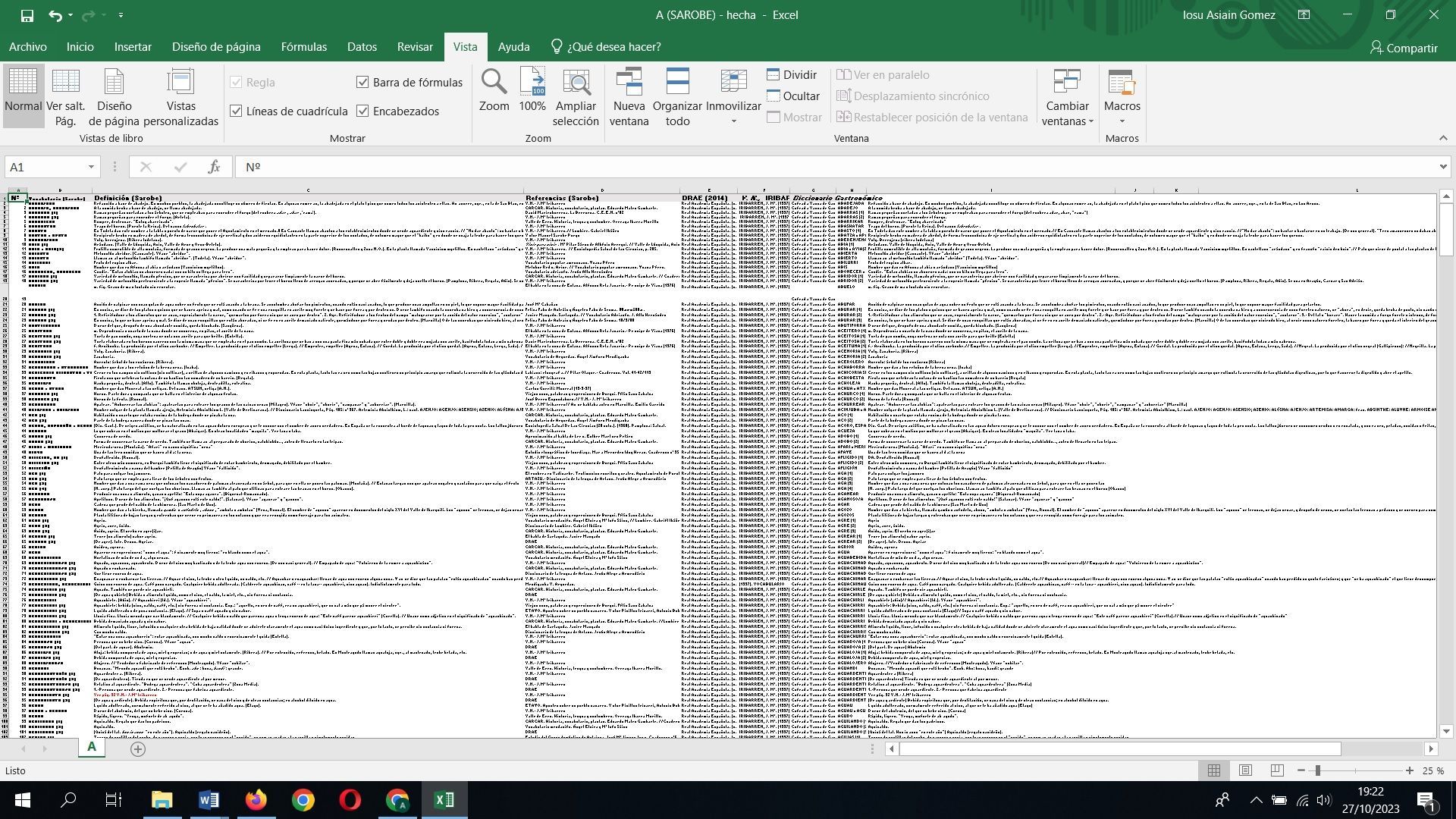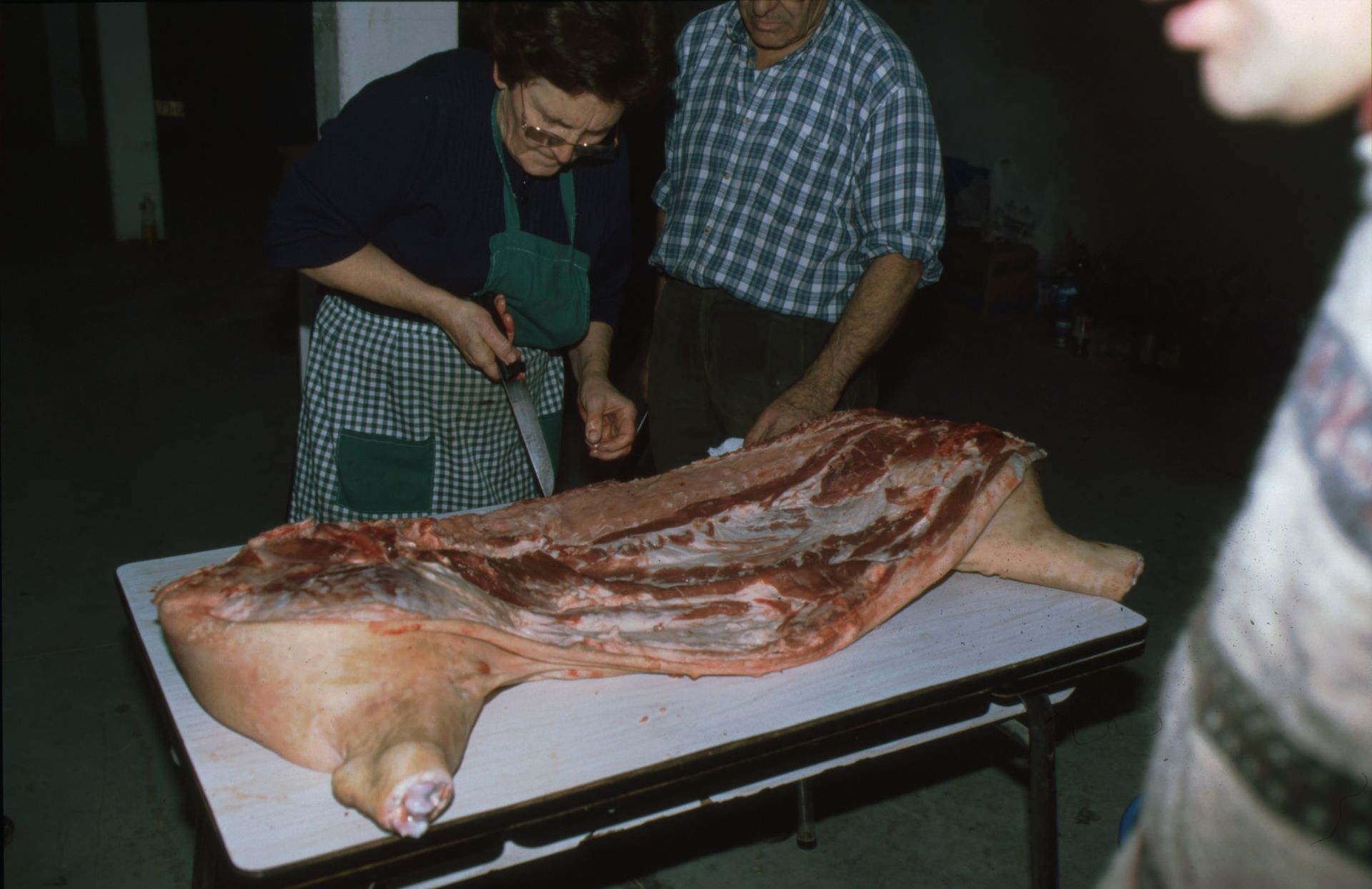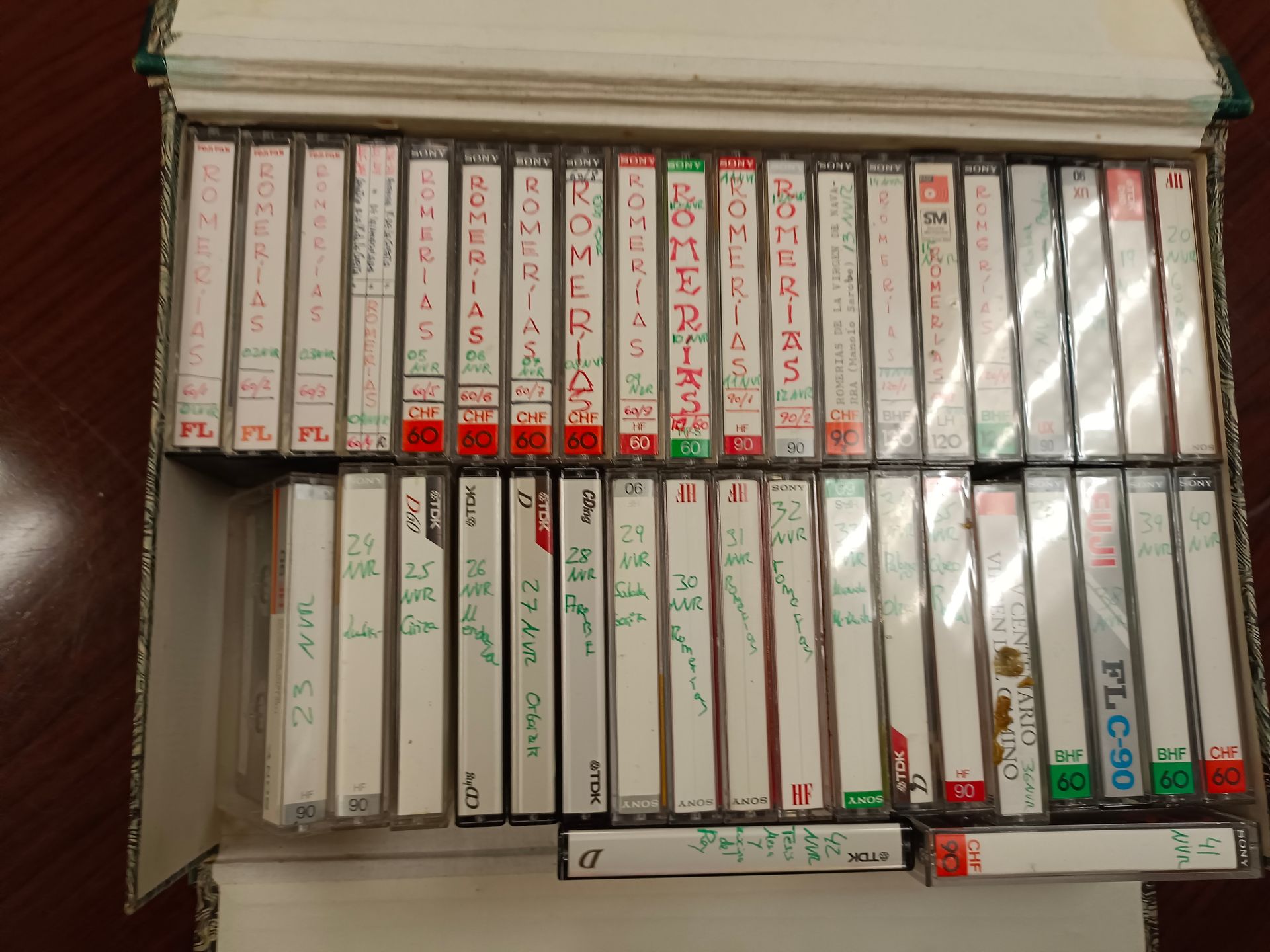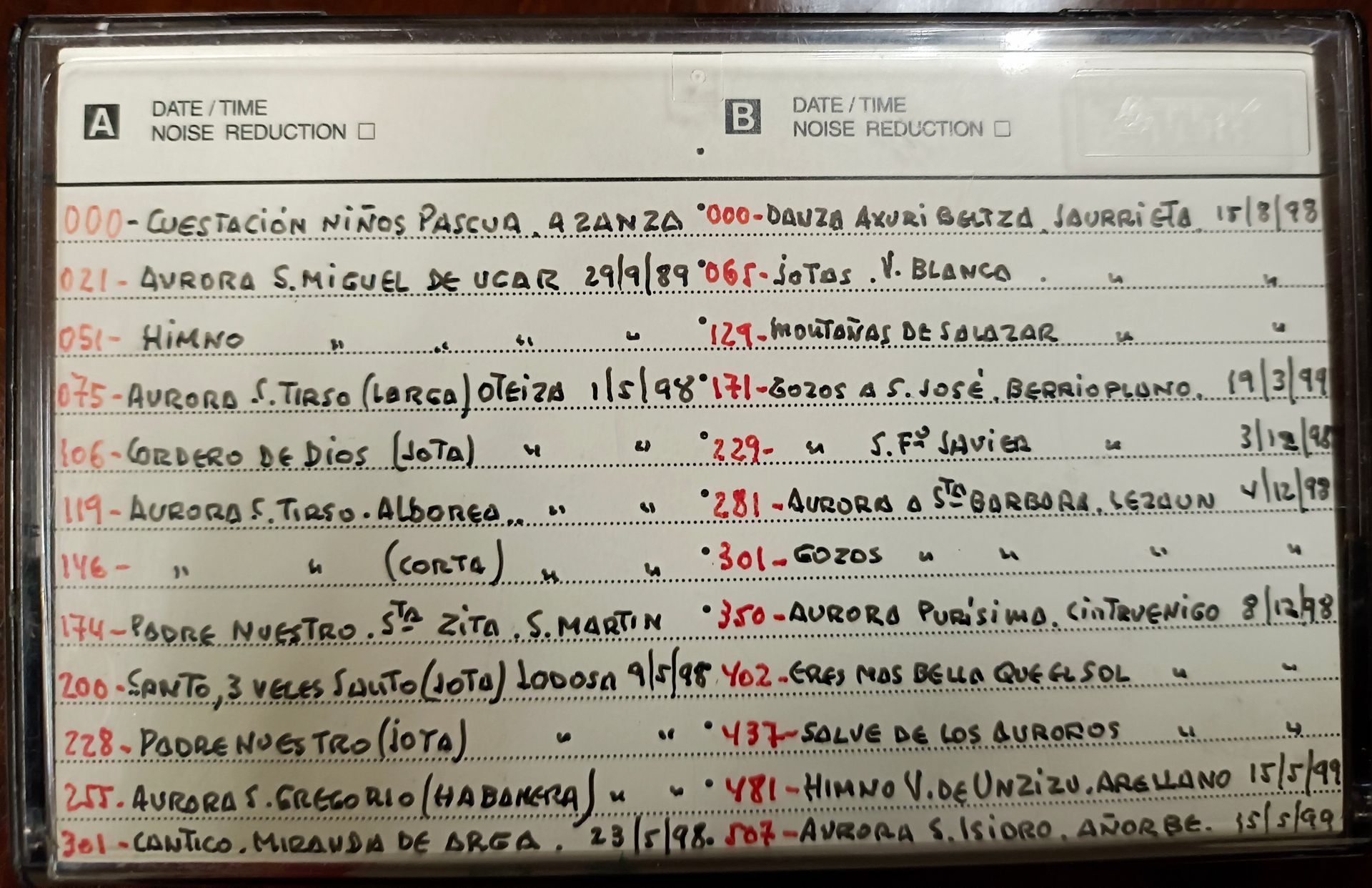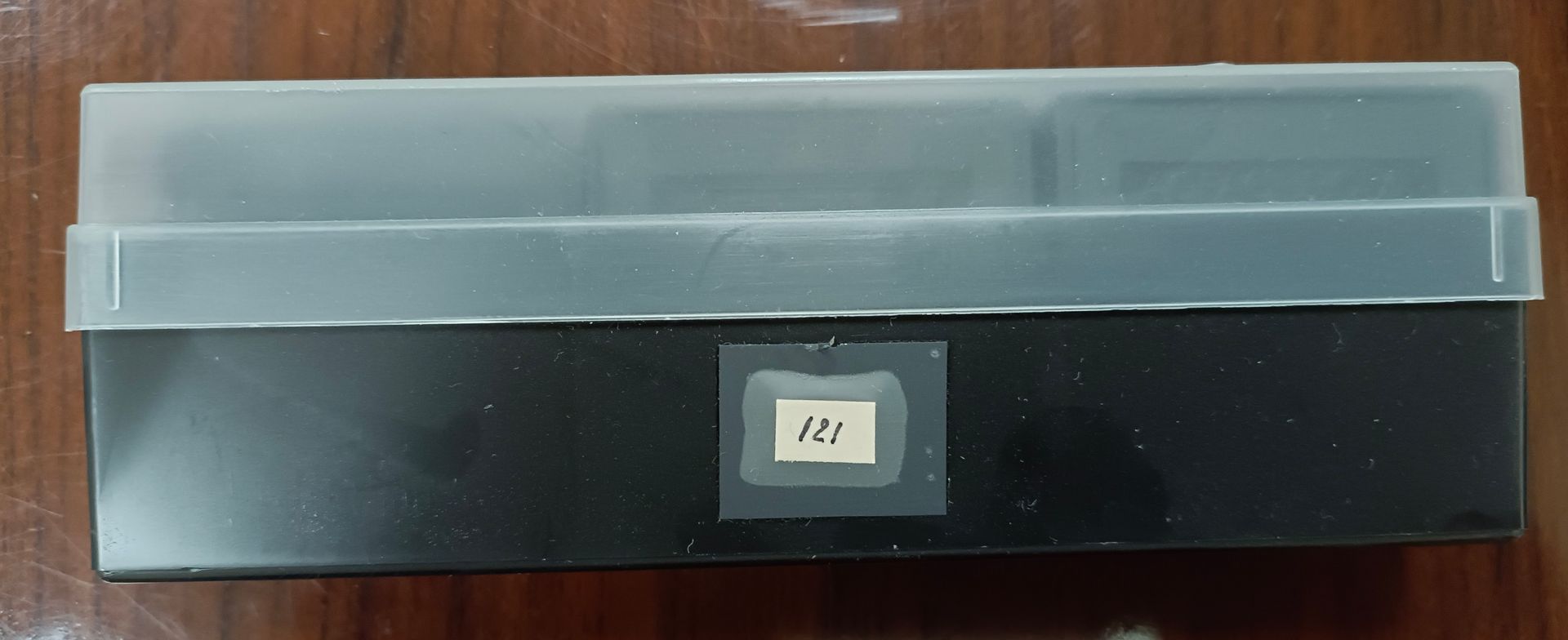Navarrese vocabulary
Food and gastronomy
Victor Manuel Sarobe Pueyo
DATASHEET
Author: Víctor Manuel Sarobe Pueyo
Title: Navarrese vocabulary
Subtitle: Food and gastronomy
Collection: Vocabulario navarro 1 / Dictionary of Navarre 1
Prologue: by Alfredo Asiáin Anso
Edition: Julián Luis Suescun Azcona
Collection coordinator: Alfredo Asiáin Ansorena
Cover and layout: Ekine Delgado Zugarrondo
Edited by: Cátedra del patrimonio immaterial de Navarra / Chair of intangible heritage of Navarre
ISBN: 978-84-09-55523-7
Place: Pamplona – Iruña, 2023
NAVARRO VOCABULARY: A WORK OF THIRTY YEARS
For thirty years, Víctor Manuel Sarobe collected words ("voices") in Spanish and Basque related to the food and gastronomy of Navarra. This Navarrese vocabulary, arranged alphabetically, and carefully annotated, is an important contribution to intangible cultural heritage.
FREE DOWNLOAD OF THE WORK
DOCUMENTATION CENTER FINDER
You can also use the documentation center search engine. As an example of the lexicographic treatment that all words will have, you can consult this LINK. By letters, the linguistic study of all lexical entries will be completed.

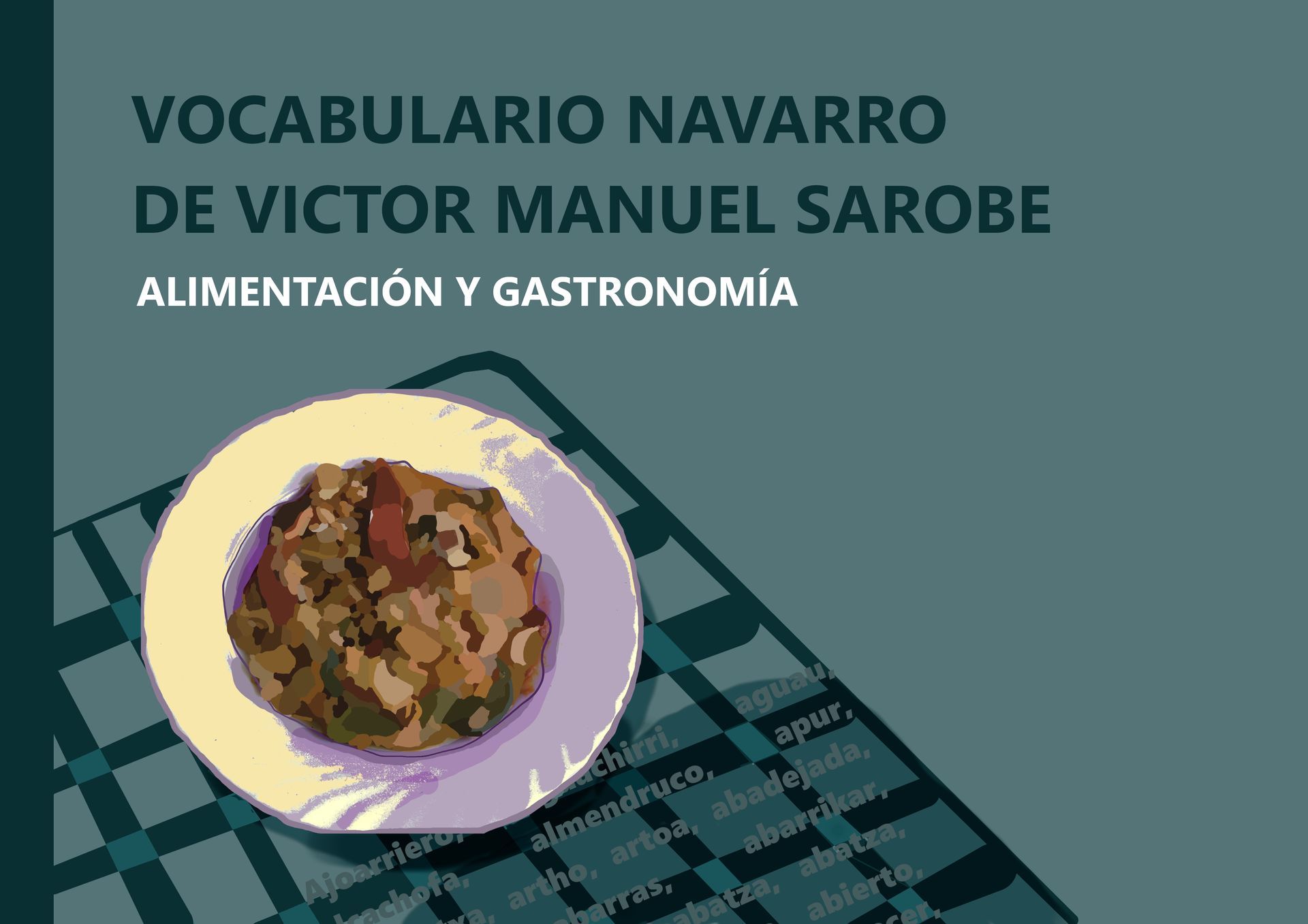
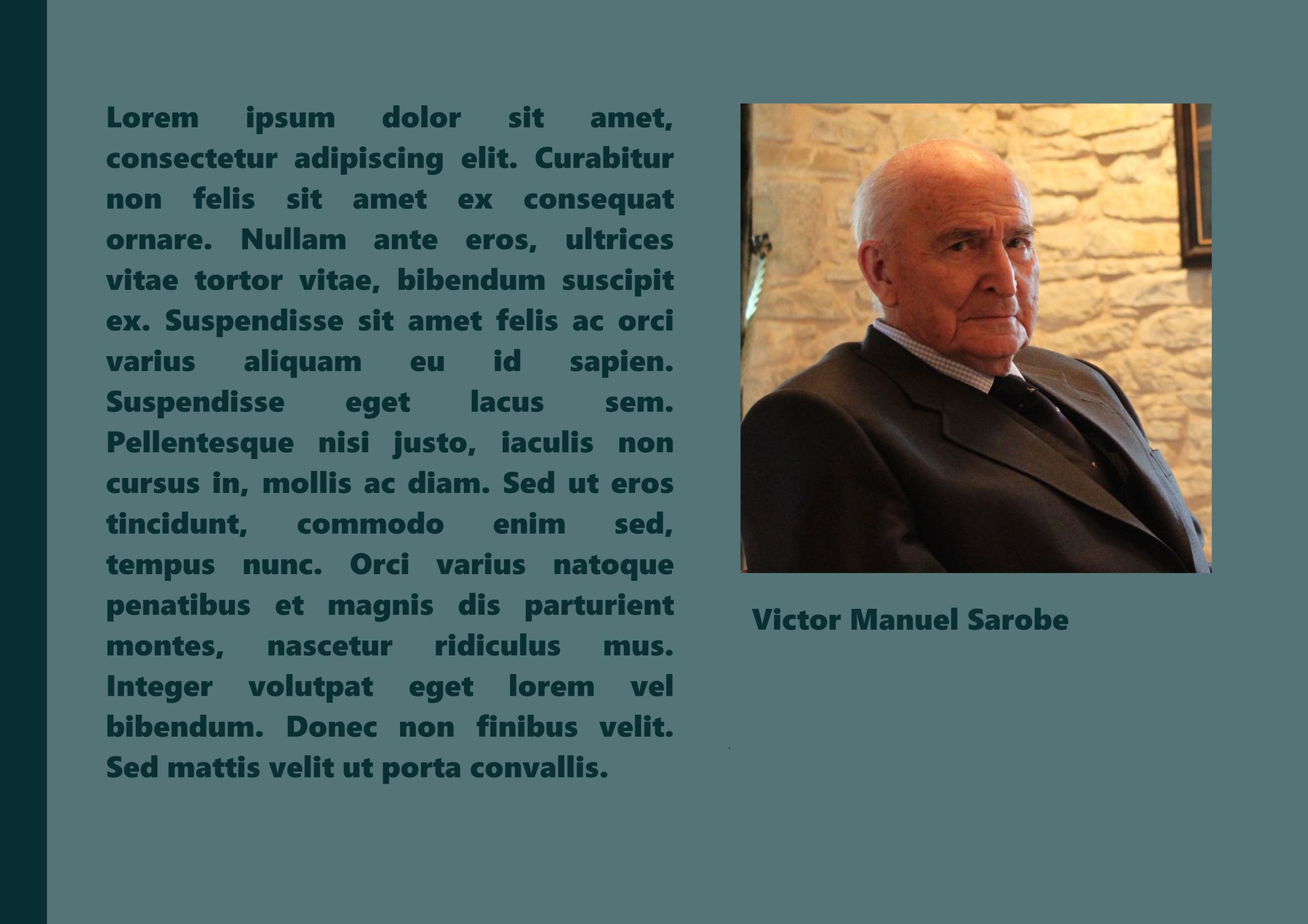
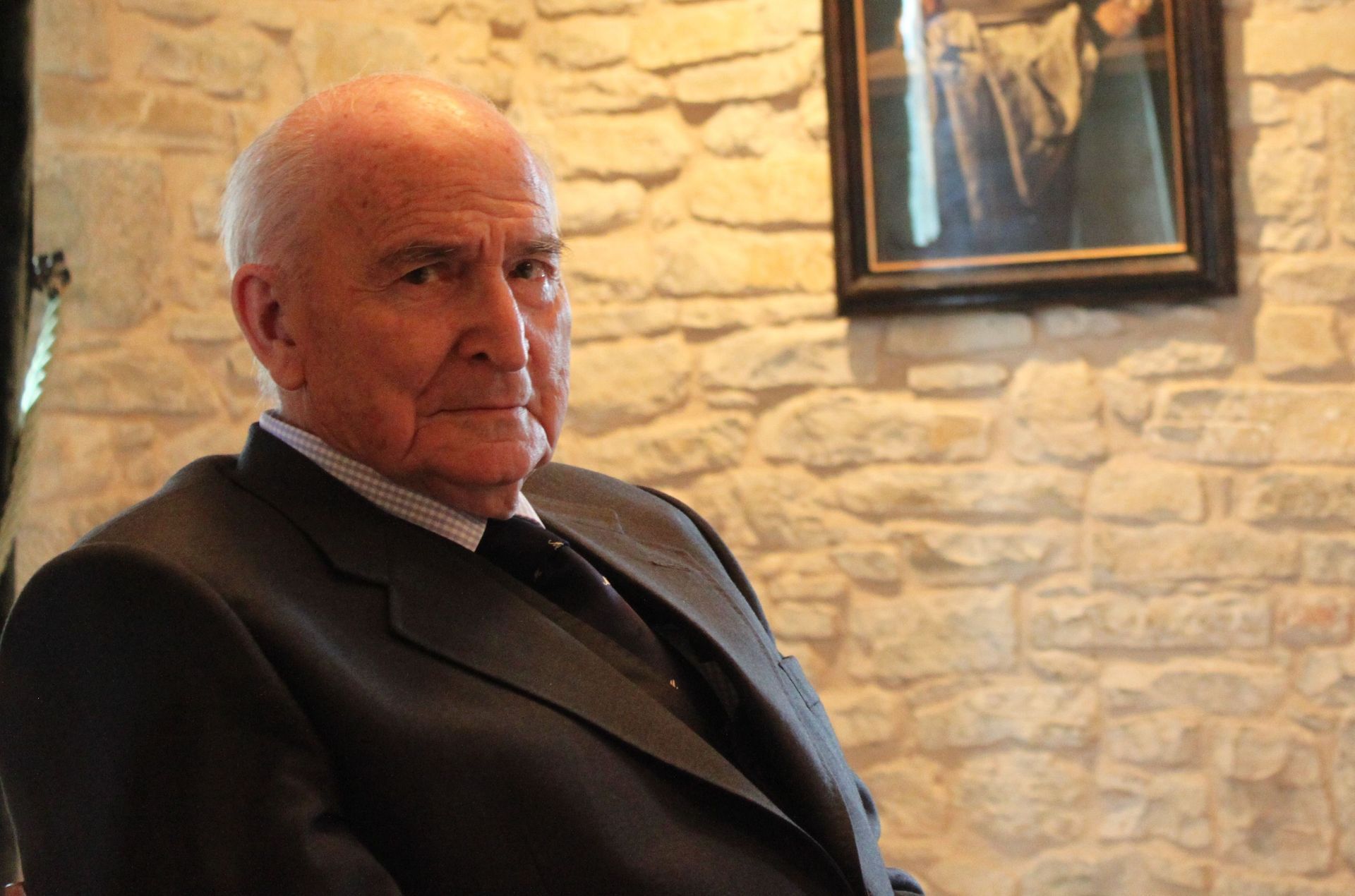

ABOUT THE AUTHOR
VÍCTOR MANUEL SAROBE PUEYO (1925-2012)
Manuel Sarobe was born in Pamplona, on October 17, 1925, into a family of Basque descent originally from Lesaka. He did not inherit the Basque language from his father as a speaker, but he did inherit a degree of profound understanding that allowed him to tirelessly study the lexicon, the "voices" as he preferred to say, of such suggestive topics as gastronomy in general and slaughter in particular, or the most varied artistic expressions of popular religiosity.
Married to Salomé, he had three children, a girl and two boys, who did learn it. After finishing high school, he first dedicated himself to tailoring, like his father, and then he was a commercial agent until his retirement.
He was president of the Napardi Gastronomic Society, as well as a member of the Navarra and Basque Academy of Gastronomy. For his gastronomy work he received awards such as the Gallico de Oro from the Napardi society, the Gastero Prize, the Aceituna de Oro...
His best-known work is the monumental La Cocina Popular Navarra (1995), a compendium of 1,310 recipes compiled over more than forty years, where he rescues almost disappeared dishes from oblivion.
A great reader, scholar and bibliophile, he was also a great compiler, photographer and disseminator.
He died in Pamplona on December 8, 2012.
A CAREFUL EDITION OF SAROBE'S WORK
A METHODICAL AND SYSTEMATIC INVESTIGATOR
Manuel Sarobe dedicated a lot of time and effort to his food and gastronomy vocabulary. It seems that he made it while collecting traditional recipes.
He used bibliographical and oral sources, documents from archives and the newspaper library.
In his unpublished personal file there were three dark green files. The first includes the words collected from A to CH; the second, from D to O; and the third, from P to Z.
Within each file are the vocabulary cards in alphabetical order. In each file, in general, you will find the motto or entry, the definition, the meanings (if applicable) and the sources used for its registration. Furthermore, if the word is of Basque origin, it is recorded.
All of these cards with their annotations have been digitized and constitute the work presented on this page. In addition, they are included in the Archive for lexicographic study.
OTHER EDITED WORKS BY SAROBE
MORE THAN 20,000 DIGITALIZED SLIDES
This wonderful collection of photographs, of great ethnographic value ("not photographic, because I was never an artist," he humbly confessed), is already completely digitized and organized in the Archive.
Despite its immense volume, the thoroughness with which Sarobe wrote down all its contents in a black notebook and the numbering of the slide boxes made this work easier.
The photographs are grouped in series, mainly on two themes. Firstly, they are icons that witness a large number of popular religiosity events (pilgrimage, festivals...) that were attended, perfectly organized and dated. Their relationship with the collection of religious songs makes them testimonies of great importance. Secondly, others portray aspects of gastronomy and festive commensality. Among these, those dedicated to slaughter stand out. .
OVER 100 HOURS OF AUDIO RECORDINGS
His important collection of recordings of traditional religious songs associated with the places of pilgrimage and pilgrimage he visited is now digitized. It can be consulted in the APIN / NOMA.
In addition to the preservation digitization of the magnetic tapes, the different songs, perfectly identified on the covers of the collection, have been classified and documented.
The relationship of these songs with the photographs in his collection gives the set added value.
Furthermore, the scores prepared by Maite Mauleón in her books have been used to document these songs.
A PERSONAL ARCHIVE WITH HERITAGE JEWELS STILL UNPUBLISHED
OR LITTLE KNOWN
Although the most important unpublished works are already digitized, edited and available to the public, we are still working on his personal archive, which is extremely rich.
From his best-known work, La Cocina Popular Navarra of 1995, for example, a notable number of recipes that we will publish soon remained unpublished.
We will also continue digitizing audio recordings with interviews and sound recordings of various popular culture topics.
We will also disclose his lesser-known work, such as the delicious Stuffed Stories, in which he collaborated with Asun Balzola and Alicia Ríos.
This will be the tribute page to this tireless researcher.





